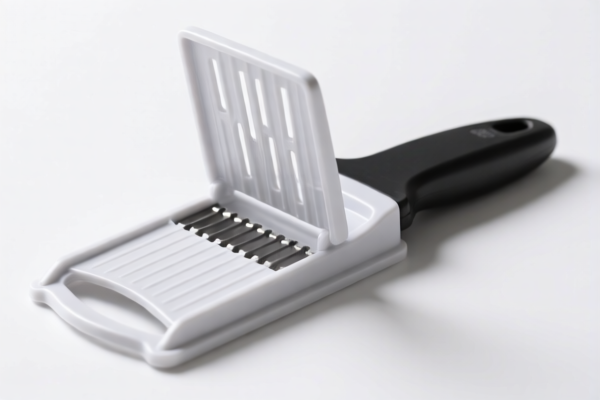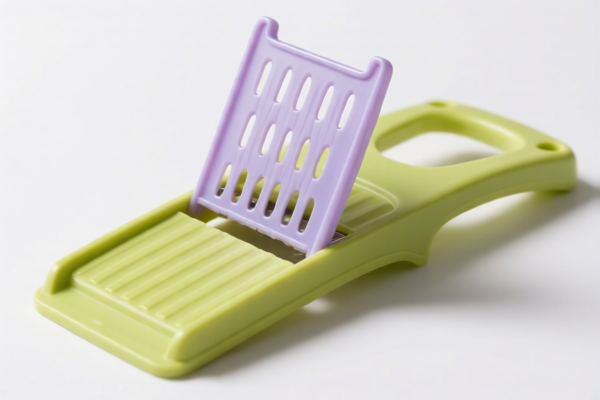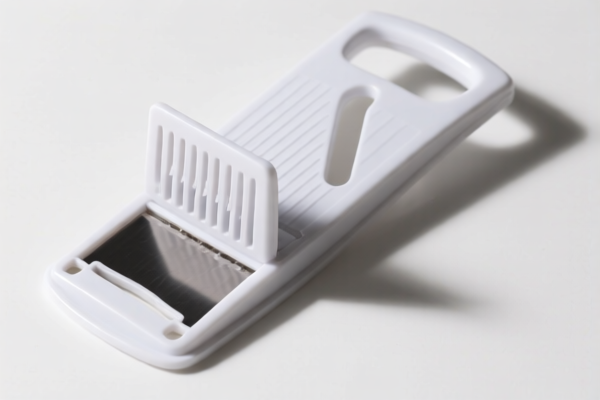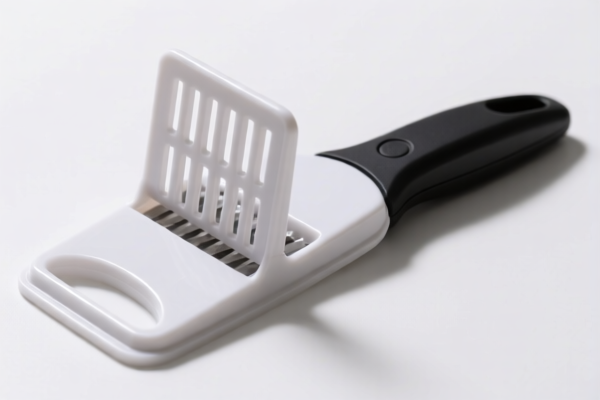| HS Code | Official Doc | Tariff Rate | Origin | Destination | Effective Date |
|---|---|---|---|---|---|
| 8201403000 | Doc | 55.0% | CN | US | 2025-05-12 |
| 8208200060 | Doc | 55.0% | CN | US | 2025-05-12 |
| 8208200090 | Doc | 55.0% | CN | US | 2025-05-12 |
| 8211926000 | Doc | 41.9% | CN | US | 2025-05-12 |
| 4417008010 | Doc | 60.1% | CN | US | 2025-05-12 |
| 4417008090 | Doc | 60.1% | CN | US | 2025-05-12 |
| 4404100090 | Doc | 55.0% | CN | US | 2025-05-12 |
| 4404200090 | Doc | 55.0% | CN | US | 2025-05-12 |
| 1401904000 | Doc | 58.2% | CN | US | 2025-05-12 |
| 1404904000 | Doc | 57.3% | CN | US | 2025-05-12 |
| 1404909090 | Doc | 55.0% | CN | US | 2025-05-12 |




Wood Chopper
A wood chopper is a tool, typically an axe, used for splitting wood. It is a fundamental implement in various contexts, ranging from recreational firewood gathering to professional logging and competitive sport.
Material
Wood choppers are predominantly constructed from:
- Head: High-carbon steel is the standard material for the axe head due to its hardness and ability to retain a sharp edge. Different alloys and heat treatments can be employed to optimize for specific tasks.
- Handle: Traditionally made from hickory wood for its strength, shock absorption, and flexibility. Modern handles may also be constructed from synthetic materials like fiberglass or composite polymers for increased durability and reduced weight.
Purpose
The primary purpose of a wood chopper is to efficiently and safely divide wood into smaller pieces, suitable for:
- Firewood: Preparing wood for heating homes, campfires, and cooking.
- Construction: Splitting wood for building structures, fences, and other projects.
- Land Clearing: Removing small trees and branches.
Function
A wood chopper functions by utilizing a combination of force, leverage, and edge sharpness. The user raises the axe and brings it down in a controlled arc, impacting the wood with the axe head. The wedge-shaped head forces the wood fibers to split along the grain. The handle provides leverage to amplify the user’s force.
Usage Scenarios
- Home Use: Splitting firewood for wood-burning stoves or fireplaces.
- Camping/Outdoor Recreation: Preparing firewood during camping trips or in remote locations.
- Professional Logging: A component in the larger process of tree felling and wood processing, although modern logging relies more heavily on mechanized equipment.
- Competitive Sport: Wood chopping is a recognized sport with various disciplines focusing on speed and accuracy.
- Bushcraft/Survival: Essential tool for shelter building and fire preparation in wilderness settings.
Common Types
- Felling Axe: Designed for chopping down trees, with a heavier head and longer handle. Not ideal for splitting.
- Splitting Axe: Specifically designed for splitting wood, with a heavier, wedge-shaped head and a shorter handle for greater control.
- Broad Axe: Used for shaping wood, particularly for timber framing, with a wider blade.
- Hatchet: A smaller, one-handed axe, suitable for lighter splitting tasks and general camp use.
- Maul: A heavier, blunt axe designed for splitting large, knotty wood rounds. Often features a wider head and a shorter handle than splitting axes.
- Competition Axes: Specialized axes designed for specific competitive events, with optimized head geometry and handle length.
Based on the provided information, a “wood chopper” can be classified under several HS codes, depending on its specific characteristics. Here’s a breakdown:
-
8201403000: This code covers handtools of the following kinds and base metal parts thereof: spades, shovels, mattocks, picks, hoes, forks and rakes; axes, bill hooks and similar hewing tools; secateurs and pruners of any kind; scythes, sickles, hay knives, hedge shears, timber wedges and other tools of a kind used in agriculture, horticulture or forestry. Specifically, it includes axes, bill hooks and similar hewing tools, and parts thereof, including machetes, and parts thereof. The total tax rate is 55.0%, comprised of a 0.0% base tariff, a 25.0% additional tariff, and a 30.0% additional tariff effective April 2, 2025.
-
4417008010: This code covers tools, tool bodies, tool handles, broom or brush bodies and handles, of wood; boot or shoe lasts and trees, of wood, specifically Other Tool handles. The total tax rate is 60.1%, comprised of a 5.1% base tariff, a 25.0% additional tariff, and a 30.0% additional tariff effective April 2, 2025.
-
4417008090: This code covers tools, tool bodies, tool handles, broom or brush bodies and handles, of wood; boot or shoe lasts and trees, of wood, specifically Other Other. The total tax rate is 60.1%, comprised of a 5.1% base tariff, a 25.0% additional tariff, and a 30.0% additional tariff effective April 2, 2025.
-
4404100090: This code covers hoopwood; split poles; piles, pickets and stakes of wood, pointed but not sawn lengthwise; wooden sticks, roughly trimmed but not turned, bent or otherwise worked, suitable for the manufacture of walking-sticks, umbrellas, tool handles or the like; chipwood and the like, specifically Coniferous Other. The total tax rate is 55.0%, comprised of a 0.0% base tariff, a 25.0% additional tariff, and a 30.0% additional tariff effective April 2, 2025.
-
4404200090: This code covers hoopwood; split poles; piles, pickets and stakes of wood, pointed but not sawn lengthwise; wooden sticks, roughly trimmed but not turned, bent or otherwise worked, suitable for the manufacture of walking-sticks, umbrellas, tool handles or the like; chipwood and the like, specifically Nonconiferous Other. The total tax rate is 55.0%, comprised of a 0.0% base tariff, a 25.0% additional tariff, and a 30.0% additional tariff effective April 2, 2025.
It is important to determine whether the wood chopper is considered a complete tool (potentially 8201403000) or a component part (potentially 4417008010/4417008090, 4404100090/4404200090). If the handle is sold separately from the blade, it would fall under the wood-related HS codes.
Customer Reviews
No reviews yet.